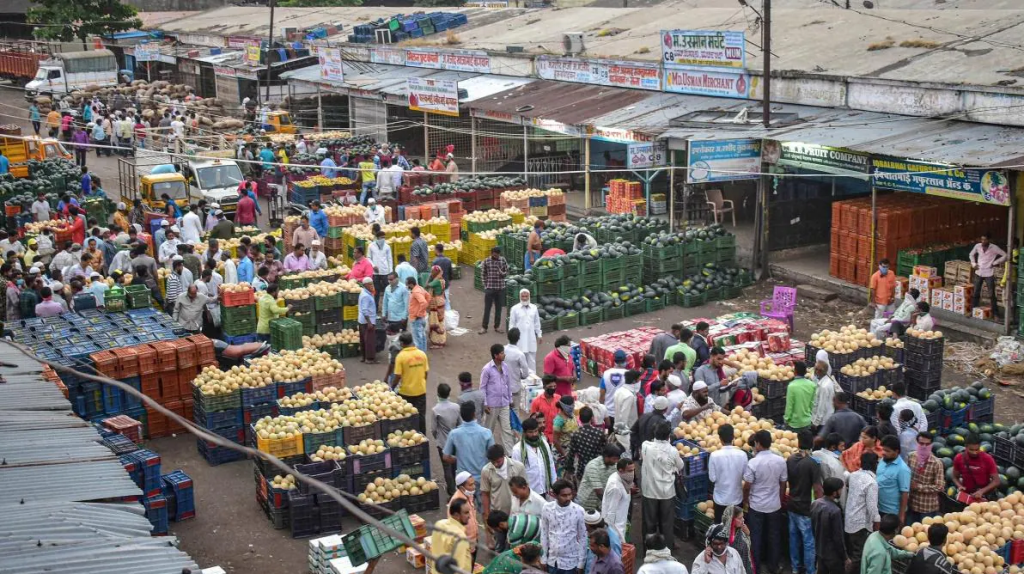
Commodity markets have been accepted as efficient price discovery systems globally. If the regulation is more flexible and more participants are aware of their functioning in India, then commodities can play a very important role. Constant efforts are being made by the regulator and exchanges on these aspects, but to make agricultural commodity markets more affective and participative, the uncertainty relating to certain contracts being delisted or banned has to be eliminated at the earliest.
Fundamental analysis is involved in the price discovery process. It is mainly study of the factors, which affects the supply and demand of any particular asset class such as commodities. For understanding commodity price behavior, it is important to gather and interpret information pertaining to demand and supply of commodities. In order to have a better understanding of the demand-supply dynamics, one should be well-versed with the laws of demand and supply and how these factors bear an influence on the final price. Commodity market prices are determined on demand and supply dynamics. For example, if demand is higher than supply, the price of an asset will increase as buyers are willing to pay more because of its scarcity – which favors the sellers. Likewise, if supply exceeds demand then buyers won’t be willing to pay as much as they perhaps would if supply was lower. This is because an asset with high supply but low demand is easily available to purchase. As a result, the price often favors the buyers.
Commodity prices fluctuate so often that it becomes difficult to determine the exact price at a particular point of time. This is because factors affecting demand and supply are diverse and independent having different origin. Therefore, price discovery is an ever-going process. It becomes all the more important for trade participants to know where price is likely to head sometime down the line because commodity price for which future trading is done, is volatile and changes on a real time basis.
Understanding the Buyers & Sellers’ Equilibrium Price Concept
Price (P*) represents the equilibrium point where buyers (i.e., demand) and sellers (i.e., supply) meet in the marketplace (Figure below). New market information (e.g., crop failure in a foreign market, widespread animal disease outbreak, a major revision to a previous crop production estimate, etc.) can alter the expectations of market participants and lead to a new equilibrium price as sellers revise their offer prices and buyers revise their purchase bids based on the new information.
An outward shift in demand from the market equilibrium (due, for example, to news of a foreign crop failure raising expectations for increased U.S. exports) would raise the price P* as Demand moves to the right along the Supply curve. Similarly, an outward shift in supply from the market equilibrium (due, for example, to an Upward revision in the planted acreage estimate by USDA/Government of India/NOPA/SOPA raising expectations for higher production) would lead to lower price P* as Supply moves to the right along the Demand curve. Both of these hypothetical price changes would only be short term.
In the long-run, producers would alter their planting decisions in light of the new price expectations. It all shows that the market has strong growth potential. In liberalized regime, we should welcome it and treat the commodity derivative market as an integral part of the economy. Derivatives provide hedging opportunities and also help in price discovery. The ill effect of the market, if any, arises from improper regulation and the market as such cannot be blamed for that. The prospect of the market therefore hinges on the efficacy of the regulator.
The speed and efficiency with which the various price adjustments occur depend, in large part, on the market structure within which a commodity is being traded. Common attributes of market structure include the following:
Number of buyers and sellers — more market participants are generally associated with increased price competitiveness.
The commodity’s homogeneity in terms of type, variety, and quality, and end-use characteristics— greater product differentiation is generally associated with greater price differences among products and markets.
Number of close substitutes — more close substitutes means buyers have greater choice and are more price sensitive.
Storability of the Commodity — greater storability gives the seller more options in terms of when and under what conditions to sell his products.
The transparency of price formation, e.g., open auction versus private contracts — greater transparency prevents price manipulation.
The ease of commodity transfer between buyers and sellers and among markets — greater mobility limits price differences, region to region.
Artificial restrictions on the market processes, e.g., government policies or market collusion from a major participant — more artificial restrictions tend to prevent the price from reaching its natural equilibrium level. Some restrictions (e.g., import barriers) limit supply and keep prices high, while other types of restrictions (e.g., market collusion by a few large buyers) may suppress market prices.









